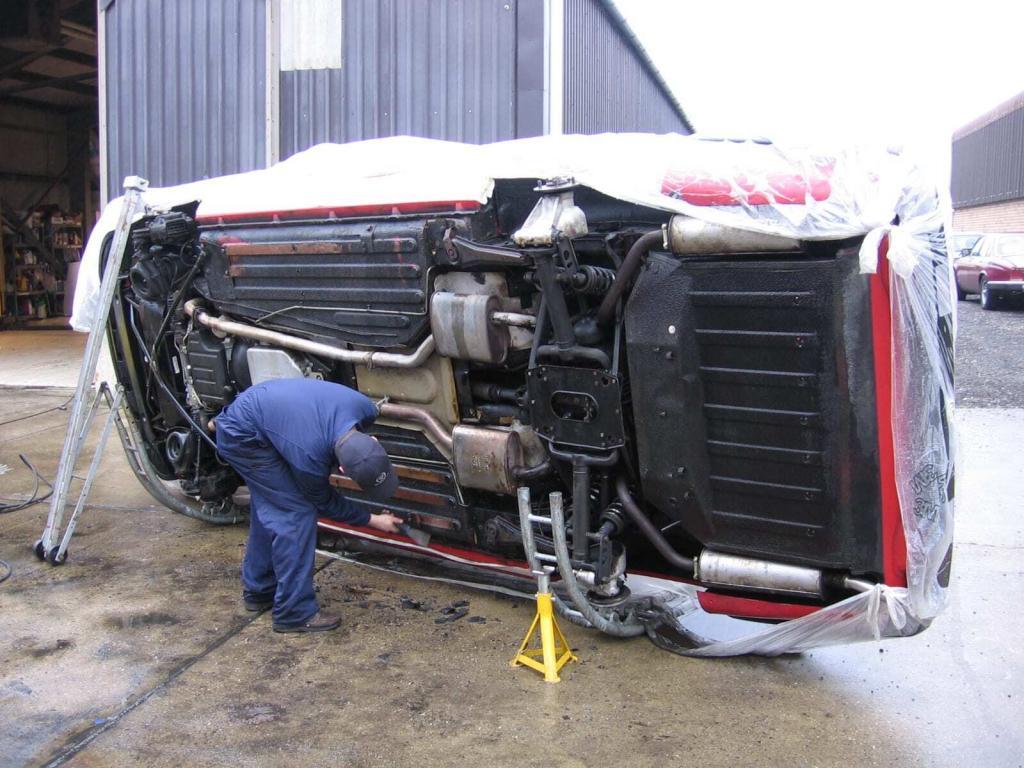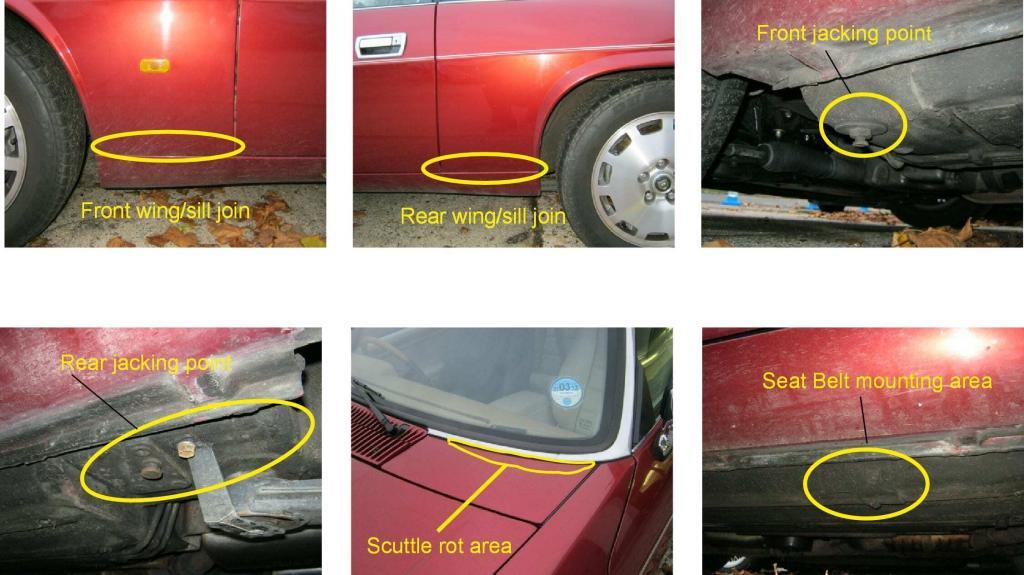Classic Jaguar XJS buying tips
- 18th June 2015
- Jaguar XJS, Tips
- Posted by kwecars
- Leave your thoughts
Thinking about restoring a classic Jaguar XJS? Well now’s a very good time, as this model is becoming an increasingly good investment opportunity. But how can you ensure you’re getting a good deal? And what can be done to minimise restoration costs? This post aims to shed some light on what to look out for when buying an XJS; it could save you a great deal of time and money!
Not all about initial impressions
First of all, it’s important to consider that sellers – in particular garages and dealers – will have gone to some trouble to make the car look pristine on the outside; but it is very unlikely that a seller will have done a proper restoration-quality repair of rusted areas. Therefore, a perfect-looking car is often in much worse condition than one with visible rust, which has not yet been ‘tarted-up’.
Overcome the fear of rust
As with all cars made of steel, the most important area to consider is rust, both the less visible painted areas and, more importantly, the hard-to-see underside and hidden cavities. The most expensive part of a restoration is usually the stripped re-spray. If you are careful in selecting a low-rust car, you could save around £10,000.
Examine the vehicle top to bottom
In order to counter these restoration costs, it’s important to examine a car extensively – inside and out, top to bottom. You will need to look underneath the car for any signs of decay, ideally on a vehicle lift or on axle stands. It’s even possible to form a reasonable judgement by kneeling down and looking at the important areas.
Areas to look at more closely
Jaguar XJSs have a tendency to rust in similar places – some more than others – so it’s possible to form a view of the total rust condition just by looking at a few of the usual suspect areas, as outlined below.
1. Jacking points –
These areas are often weakened and can be disguised with filler and underseal. With the seller’s permission, have a good prod with a blunt metal object, such as a car key, all around the jacking points. Look for uneven surfaces, or suspiciously fresh-looking underseal.
2. Floor pans –
There is a weakness on all the coupés around the seatbelt mounting re-enforcement, where a strengthening plate on the outside allows water to get trapped, which then rots through the floor. Not a good area to be weak.
3. Windscreen scuttles –
On facelift cars (post-1991), rot in the windscreen scuttles is a very common issue that needs to be examined carefully, as the car may appear perfectly fine everywhere else. It is an expensive job, but needs to be repaired properly. For a more in depth look at scuttle rot, visit this link on our website.
4. Front wings –
The bottom of the front wings where they meet the sills are often rusty on an XJS, so will have to be repaired, possibly more than once. Look for the bottom of the wing being flush with the sill. If it sticks out a bit then there is, or has been, rust.
5. Rear wheel arches –
This is a very common area for Jaguar XJSs to rust. This should be something you aim to avoid, as it’s difficult, and expensive, to repair well.
6. Forward edge of roof –
On late facelift cars (post-1993), there is often rust on the forward edge of the roof where it meets the ‘chrome’ finisher (actually stainless steel).
Consider a car’s ownership and history
Large city cars are often in worse condition, as they are usually only used for shorter journeys. A seemingly low mileage vehicle may have completed a lot of shorter journeys, which can lead to worn out brakes, door hinges, leather and carpets.
The ideal car is one that gets regular, light use on suburban or rural roads in the South of England. Up to about 100,000 miles is good for a V12 before it gets too expensive, and at least 150,000 miles for the XJS six cylinder engines. The old 4.2 XK engine in the XJ saloons needs reconditioning at about 80,000 miles on average.
In general, avoid cars that have spent much of their life further north than London, as winter road salt accelerates rusting by at least 10 times.
Speak to the experts
Don’t be tempted by the lure of a cheaper vehicle. Initially you may save on upfront costs, but in the long term, you are likely to spend more on restoring the car.
If you want expert advice, why not consider one of our two-hour condition assessments? Visit our website for more details or call on +44 (0) 1635 30030 for further information.


